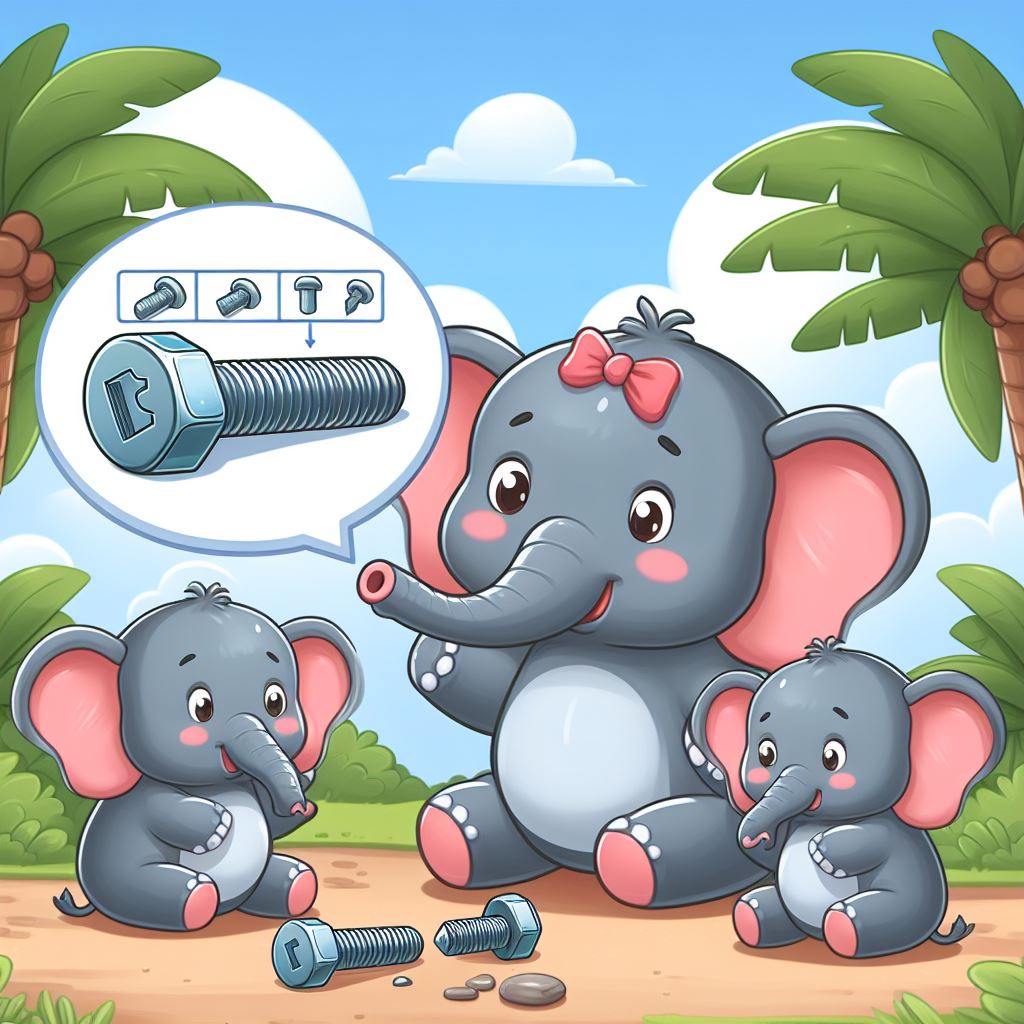What are toggle bolt anchors?
Toggle bolt anchors, also known as toggle bolts, are ingenious fasteners designed for secure anchoring in hollow walls. With their spring-loaded wings and sturdy construction, toggle bolts offer unmatched versatility and strength, making them the go-to choice for hanging heavy objects and installing fixtures without studs.
